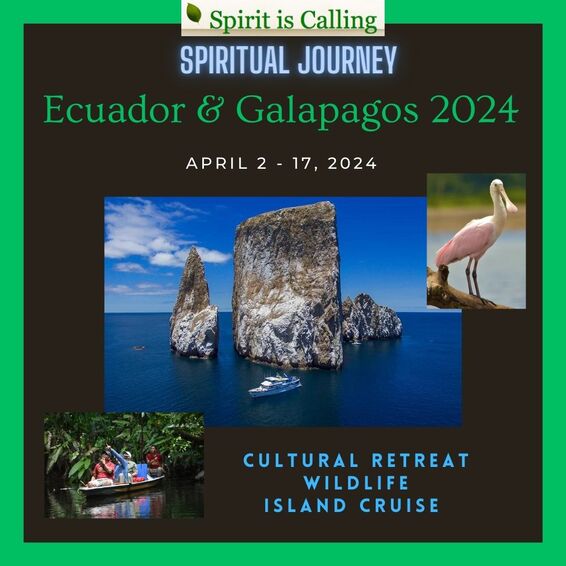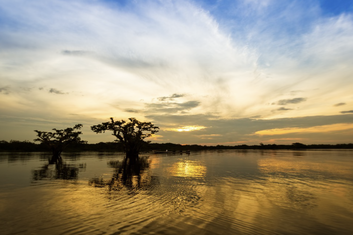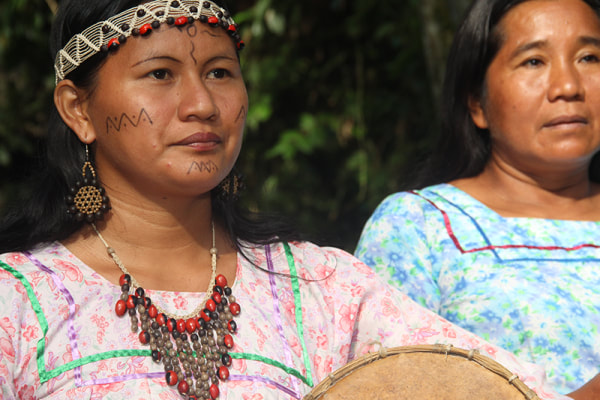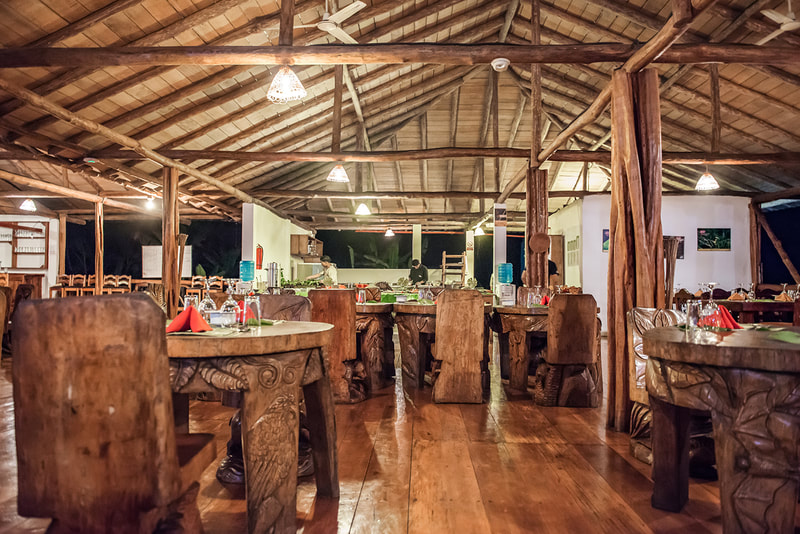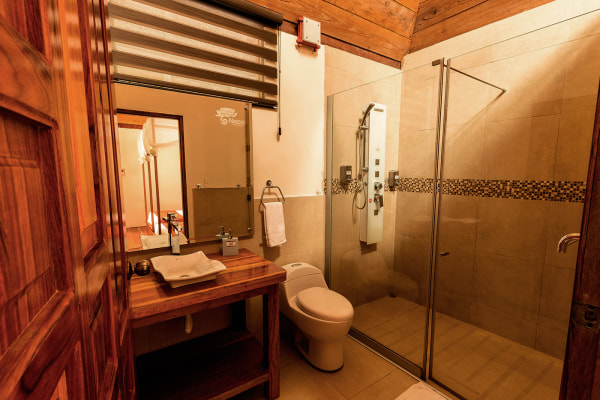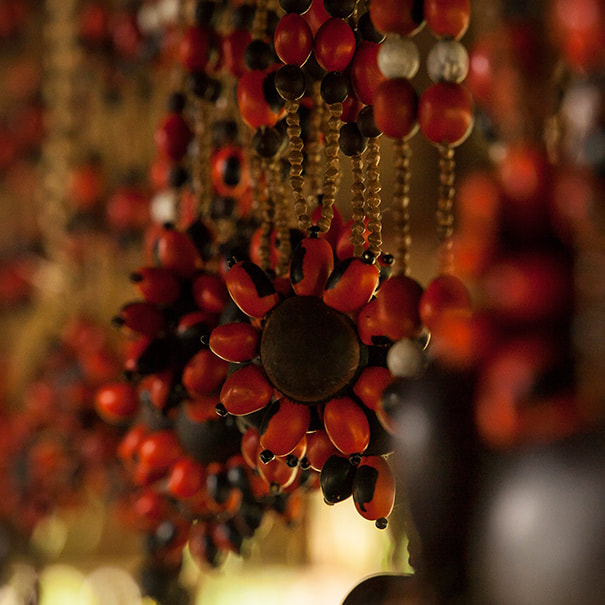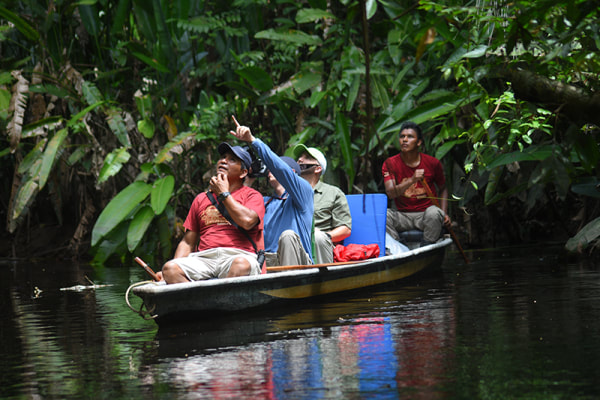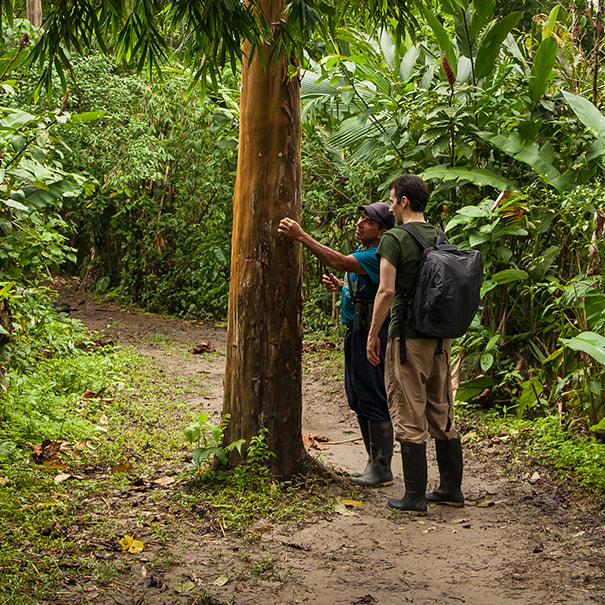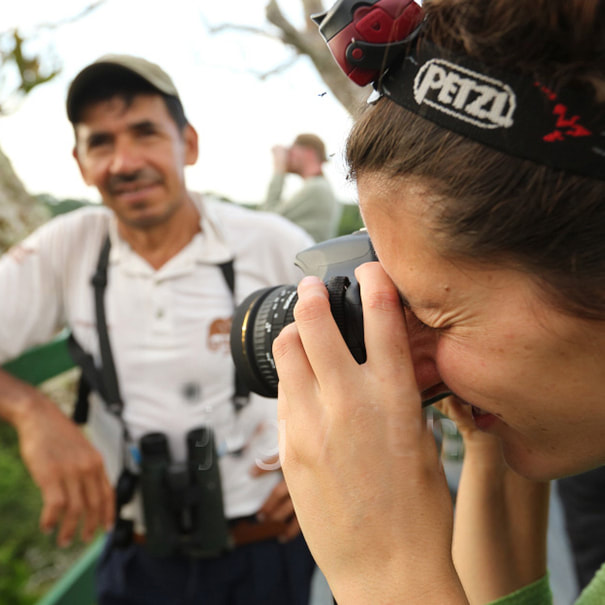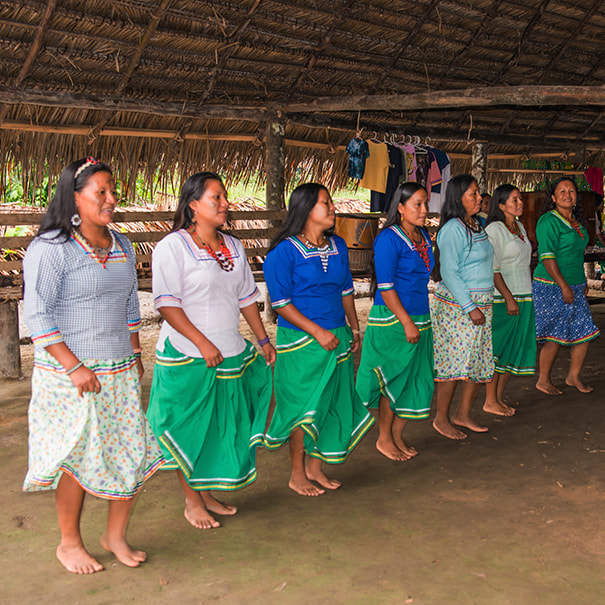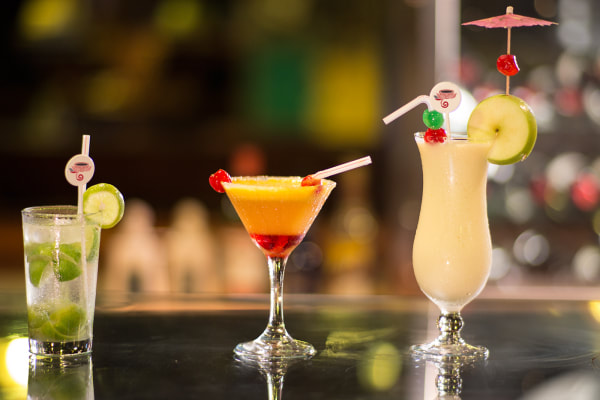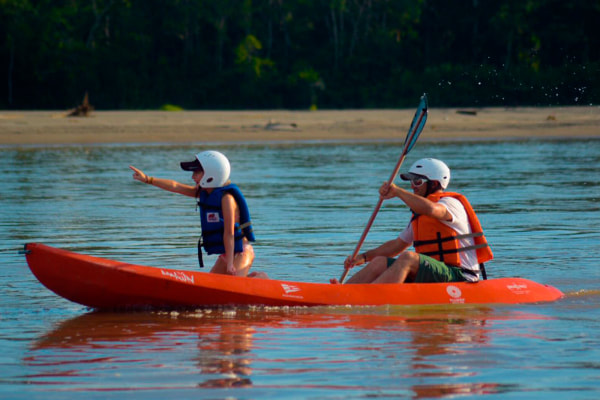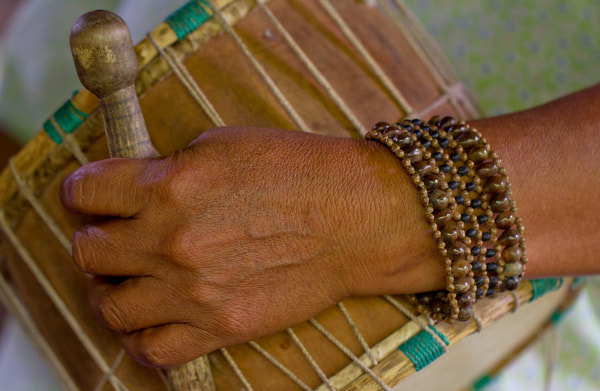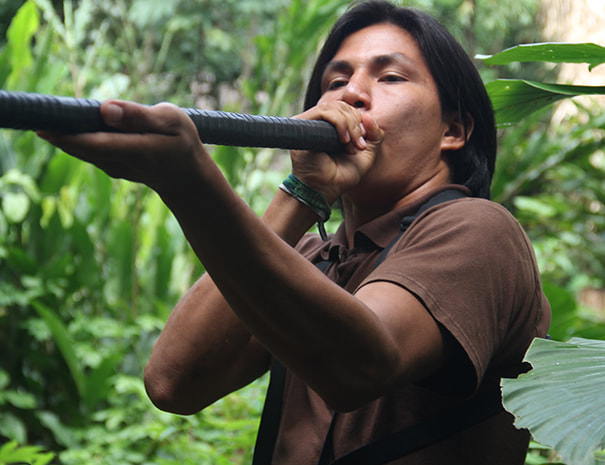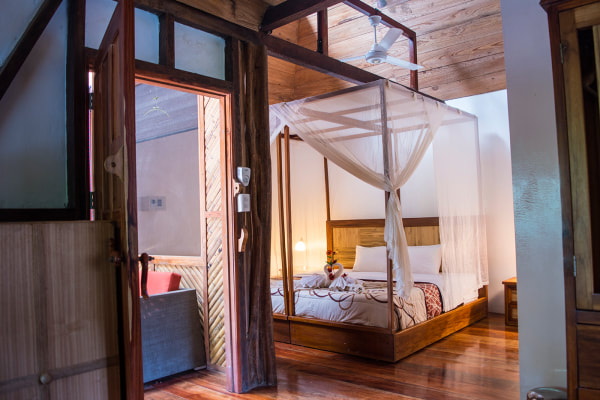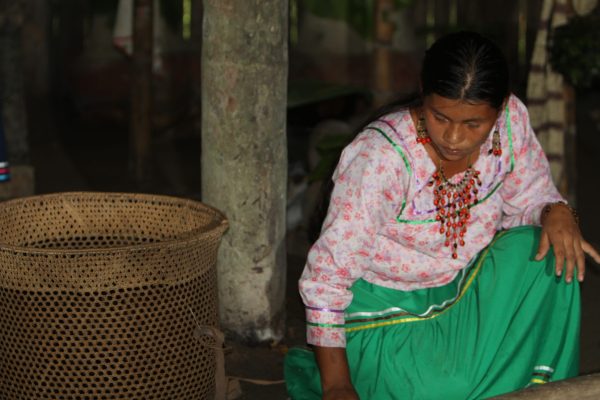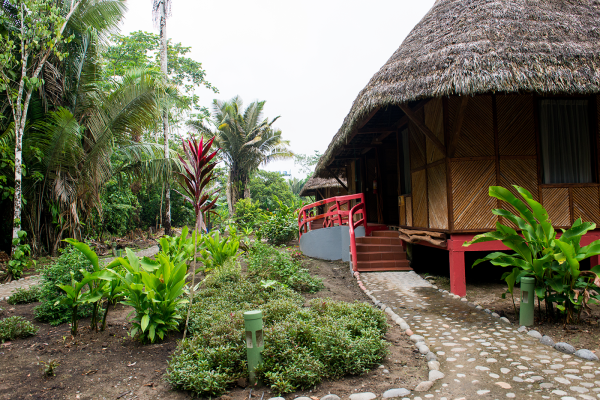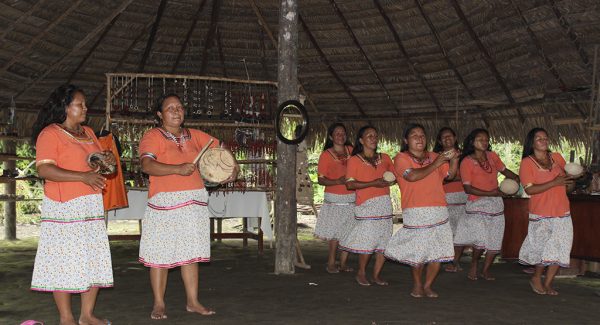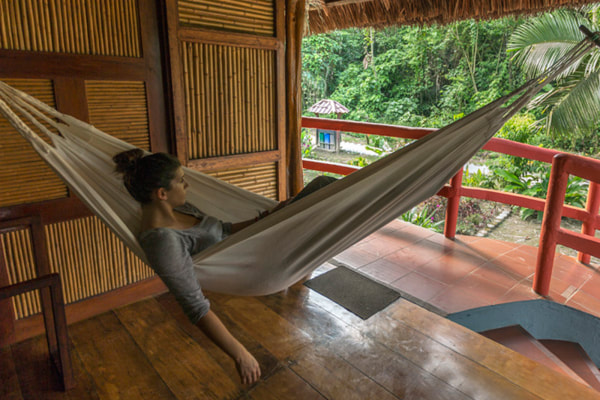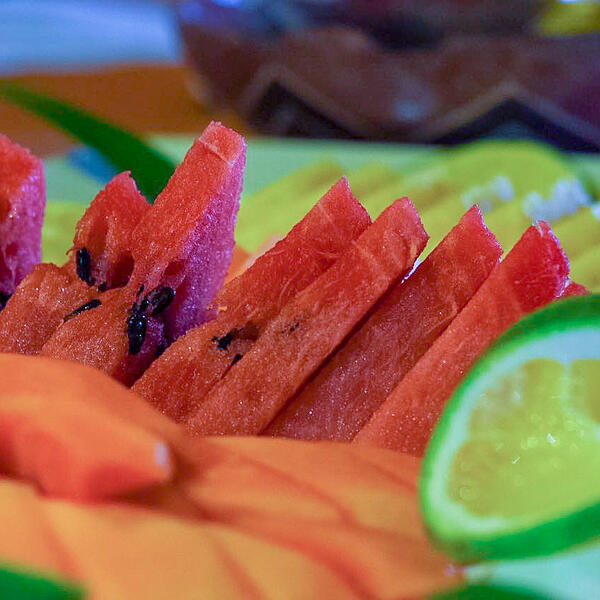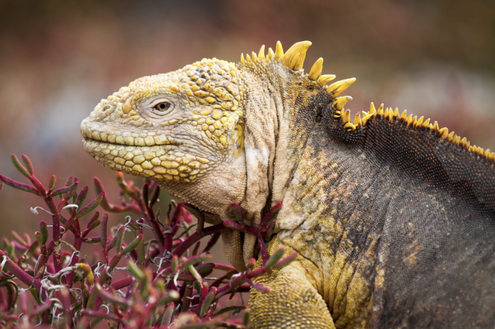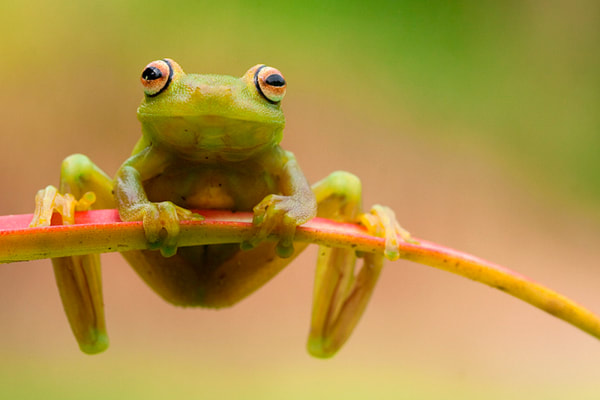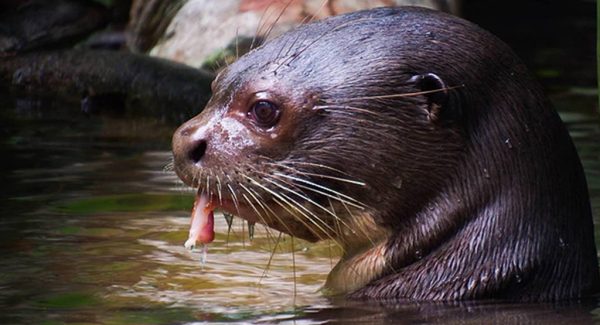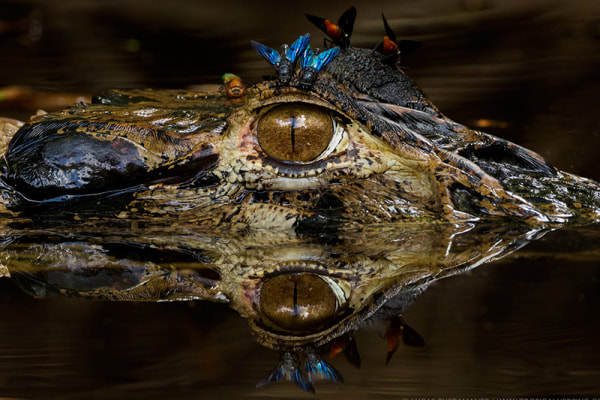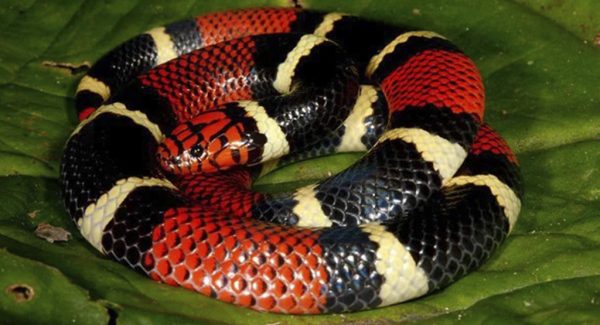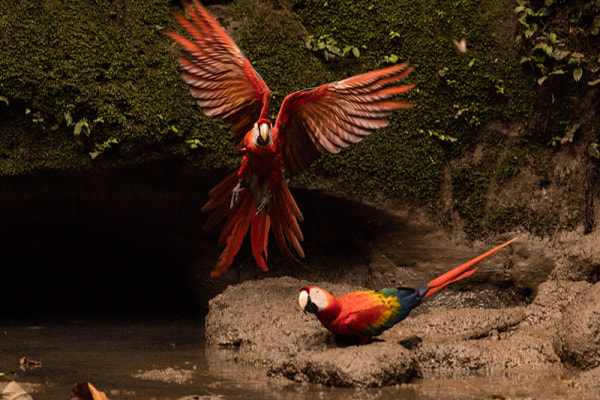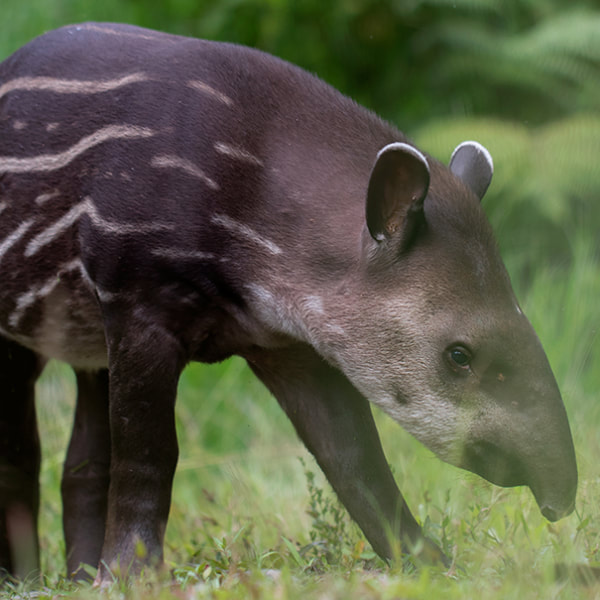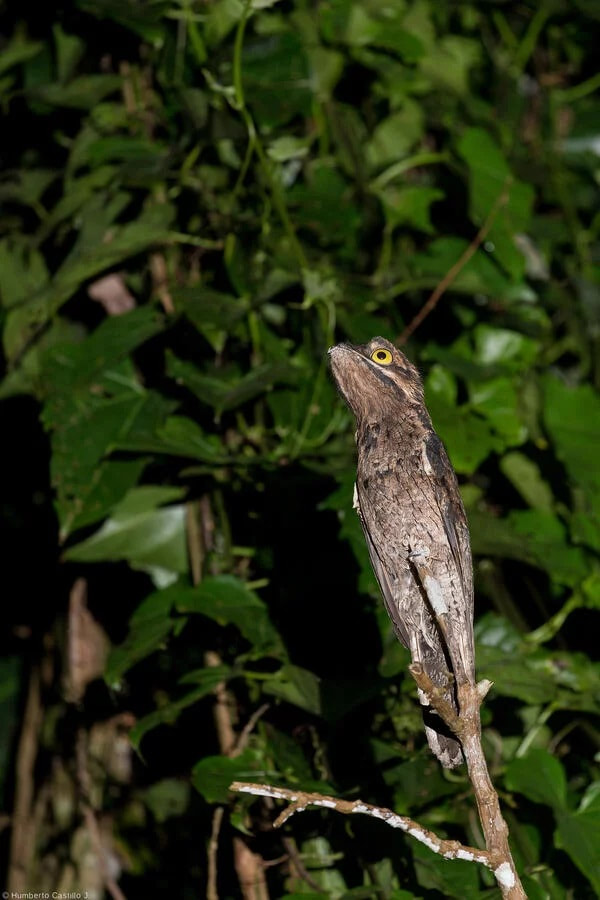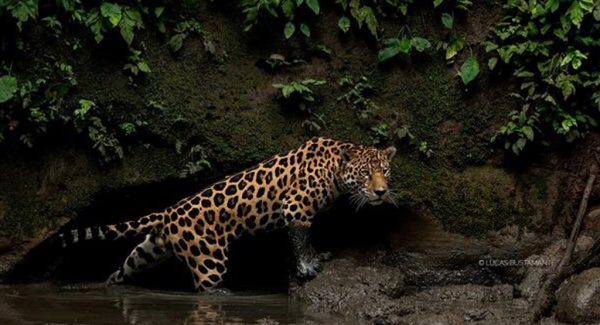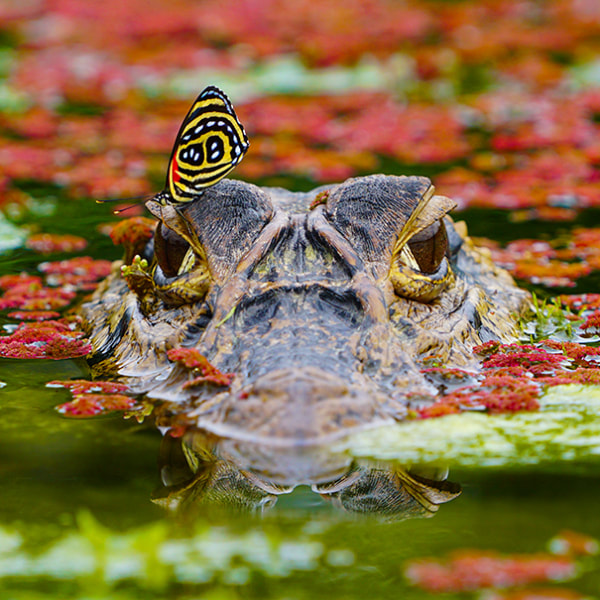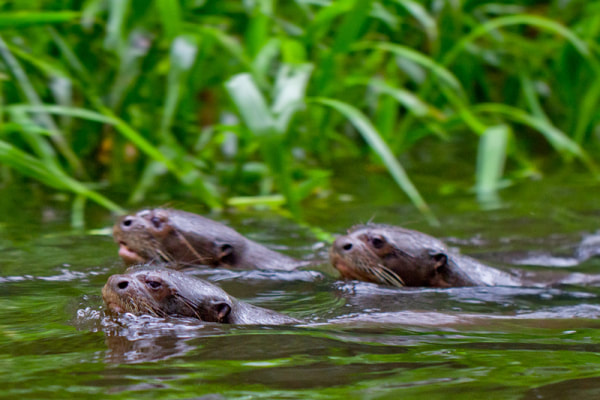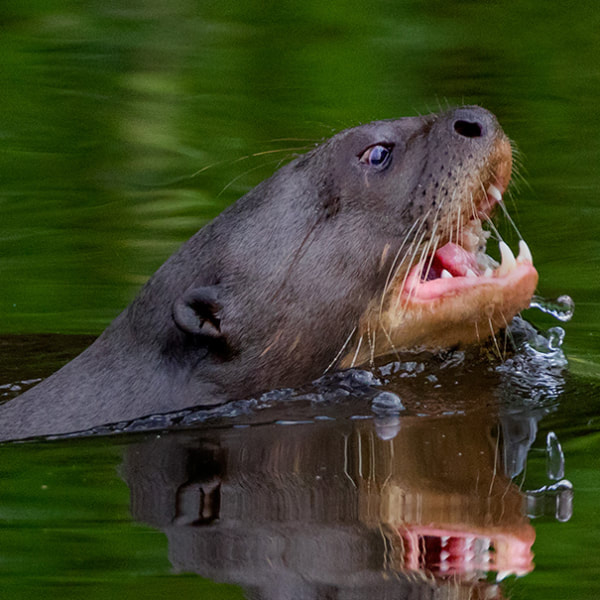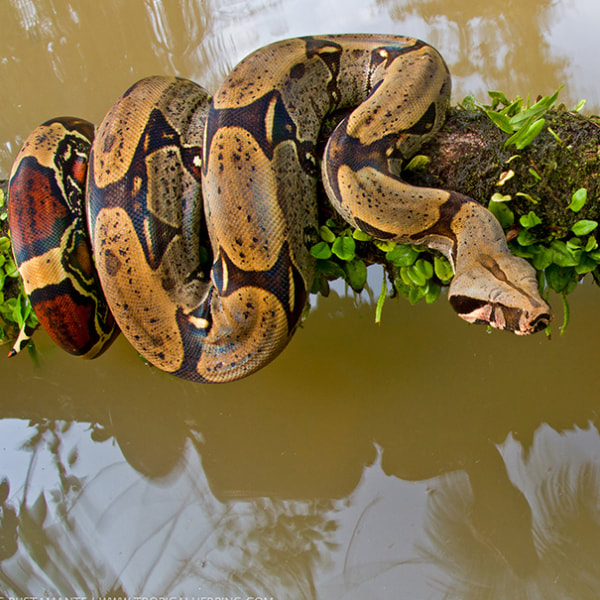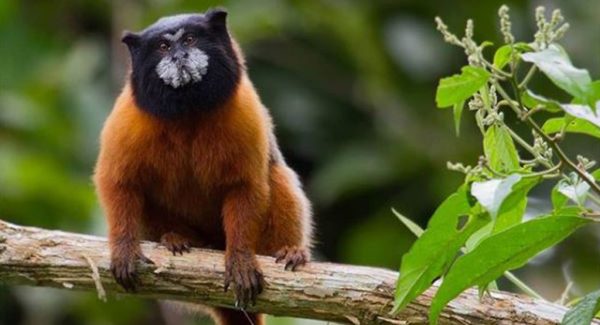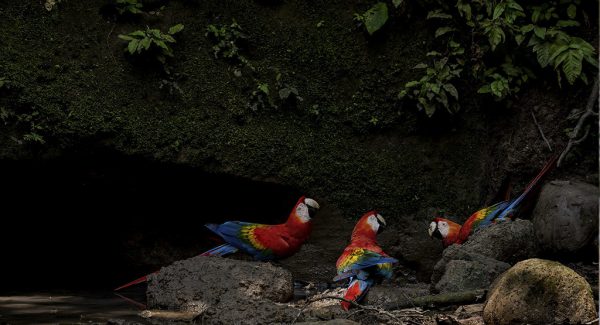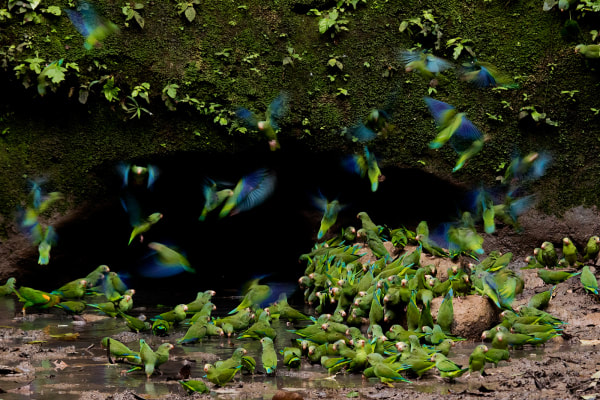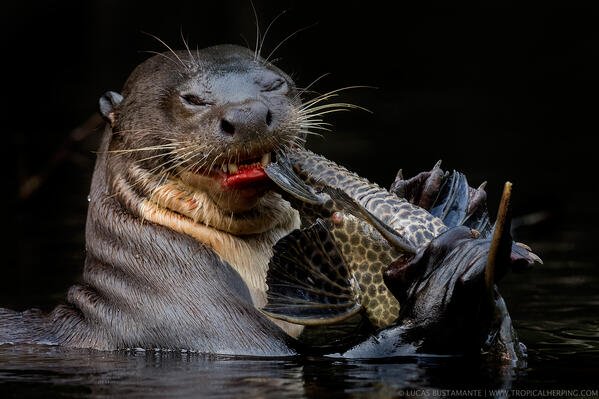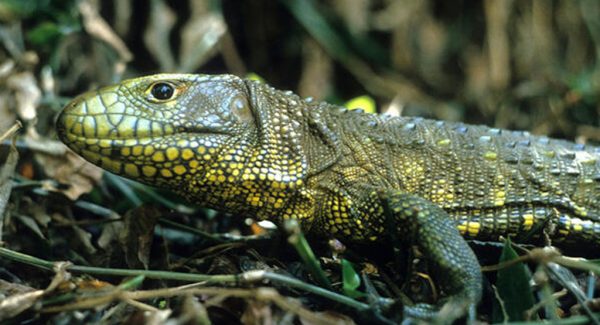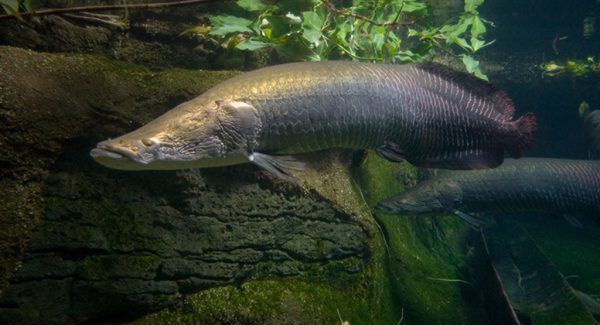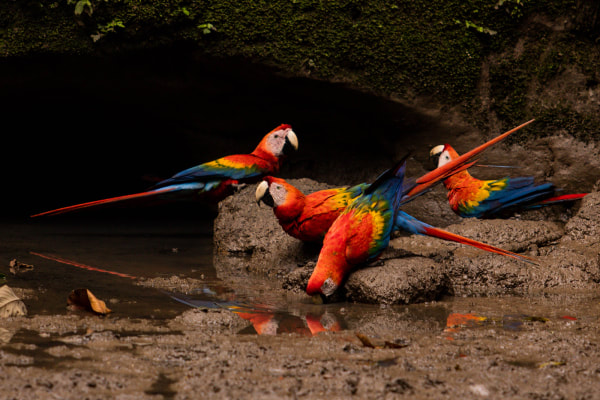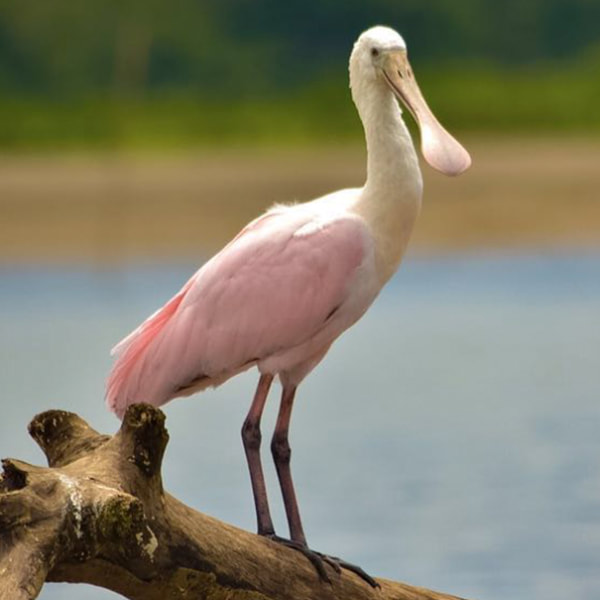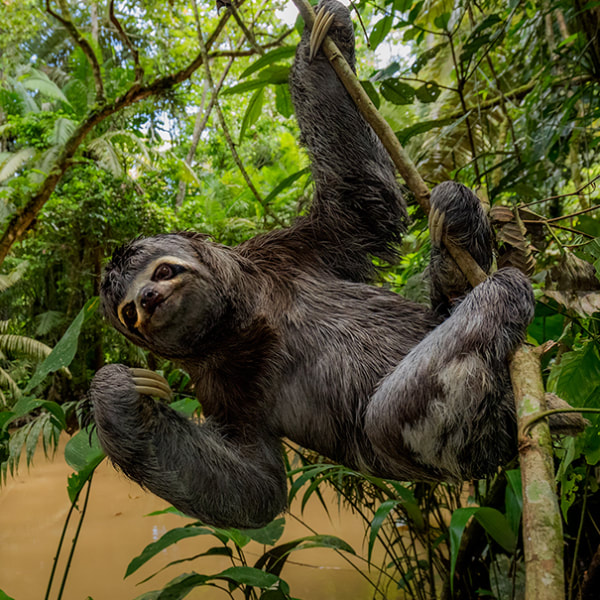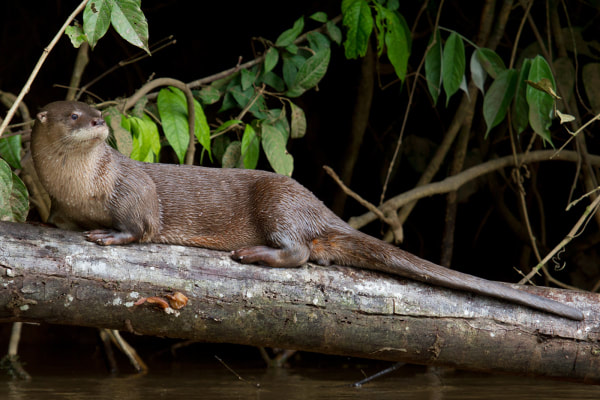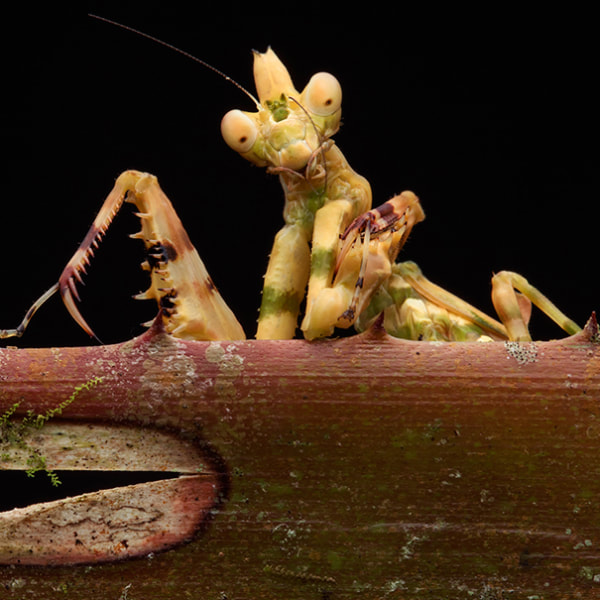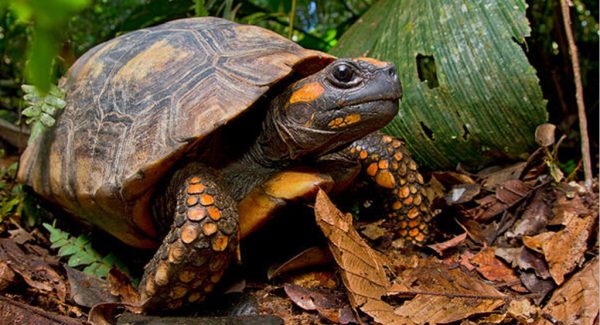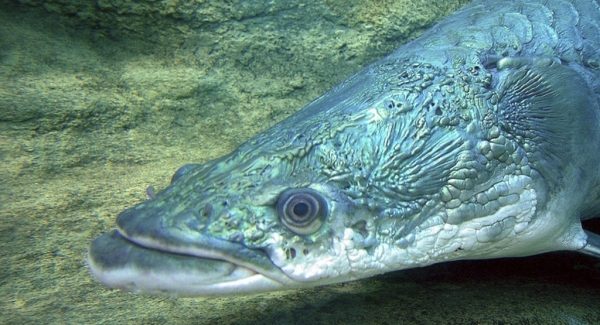|
Dates: April 2 - 17, 2024
Depart from USA April 2 Contribution $11,395 Double Occupancy $14, 202 Single Occupancy - Deduct $200 if paid in full by December 31, 2023, and deduct additional $300 if paid by cash/check.
|
Ecuador and Galapagos Spiritual Journey
| ||||||
IMPORTANT INFORMATION:
|
INCLUDED:
|
NOT INCLUDED:
|
ITINERARY: ECUADOR AND GALAPAGOS
Quito, Otavalo Area, and Napo Wildlife Center Spiritual Program
Galapagos Islands Cruise
PART ONE - QUITO, OTAVALO, SAN CLEMENTE COMMUNITY
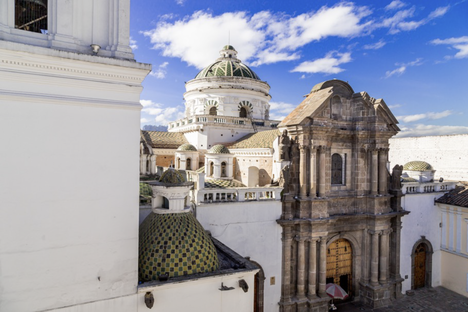
April 3:
International arrival in Quito
Arrival in Quito and private transportation from airport to hotel in Quito Old town. Overnight at Hotel Casona de la Ronda in one double standard room.
https://www.lacasonadelaronda.com
Meals included: None
Includes: Private transportation with certified English speaking guide.
April 4:
Quito city tour + Intiñan and trip to Otavalo
In the morning visit Quito’s colonial center and South America’s oldest capital (close to 500 years), with its narrow streets and hanging balconies. The tour can include the Independence Plaza flanked by the presidential and archbishop palaces; and La Compañia Church with its impressive gold leaf altar, is considered the most beautiful church in the Americas. We also have the opportunity to go up into a church’s tower, where
from we have a lovely close up view of the old city. Enjoy a chocolate tasting at a local chocolate making shop. Then we drive to “El Panecillo Hill” for a panoramic view of the city and admire the 45 m. high (148 ft) statue of the “Virgen de Quito”, the only Madonna with wings. You will also visit the herbs market. Lunch at a local restaurant.
After lunch continue twenty five kilometers (15 miles) North of Quito to the Equator Memorial at latitude 0’00ʹ, which marks the place where an l8th century expedition established the exact geodesic position of the Equator. The Intiñan Museum where you will learn from the history of our ancestral peoples, to the magnificent effects that the sun produces in our solar cylinder. Travel back in time through our hundred-year old huts, discover and understand the physical phenomena of the earth, observe the path of the sun (Intiñan) in Acoratene, and of course enjoy a natural and privileged environment. The main objective of this museum is to rescue a new image of the existence of a geographical center of the ancestral worldview and an ethno ecological habitat in the Middle or Center of the world. Then continue on to Otavalo where you will stay with the San Clemente community.
Overnight at San Clemente Community.
Meals included: Breakfast , lunch, dinner at San Clemente. (drinks not included)
Includes: Private transportation with certified English speaking guide, lunch and
entrance fees to museums and churches.
April 5
Activities at San Clemente community. San Clemente is a small indigenous village of Imbabura region, near to Ibarra city, located in the Northern Highlands of Ecuador, at a height of 2890 meters. Most of inhabitants of San Clemente belong to the "Quichuas Karanquis". In order to face the strong poverty, in which native communities of Ecuador have been kept for years, some inhabitants of the village decided to carry out a daring project of Ecotourism with the aim to stand for one another.
This project was initiated in 2000 by a young couple, Laura and Manuel Guatemal, and some of their related family. The idea did not fall from heaven as everything was already there to make this project
become real and successful. Ecology and Respect of nature are essential points of their culture through the worship
of "Pachamama", that is to say Mother-Earth. Solidarity is also one of the major characteristic: indeed, they are living in community and still practice "the Minga", which is a collective seasonal work in the fields or common road works in the village and the neighborhood, but also constructions of collective buildings as schools and dining halls, football fields... Only the wish remained to make their culture and way of life become known by receiving foreign tourists.
The project is running well now; about fifteen families are able to host visitors. There is still a real opportunity to discover this country and its people from a different view than from the one shown generally by travel agencies as a postcard. Bear in mind that you will stay in a native community, sharing daily life, discovering its typical way of life, its culture and traditions. You will be accommodated in one of the private houses of the village and take your meals at home with the family. This will be a good start for the integration in the community.
After lunch, we will visit Peguche. Peguche very close to Otavalo; one of the weaving communities in this area, famous for their typical textiles and also known for its musical instrument workshops. If time allows, for an extra fee we will be able to visit one of the workshops to observe how they make wind instruments or we can even make our own instrument to take with us. Then return to Quito (Puembo area).
Overnight at Hotel Garden San Jose in superior rooms.
https://www.sanjosedepuembo.com/
Meals included: Breakfast and lunch at San Clemente(drinks not included)
Includes: Private transportation with certified English speaking guide.
International arrival in Quito
Arrival in Quito and private transportation from airport to hotel in Quito Old town. Overnight at Hotel Casona de la Ronda in one double standard room.
https://www.lacasonadelaronda.com
Meals included: None
Includes: Private transportation with certified English speaking guide.
April 4:
Quito city tour + Intiñan and trip to Otavalo
In the morning visit Quito’s colonial center and South America’s oldest capital (close to 500 years), with its narrow streets and hanging balconies. The tour can include the Independence Plaza flanked by the presidential and archbishop palaces; and La Compañia Church with its impressive gold leaf altar, is considered the most beautiful church in the Americas. We also have the opportunity to go up into a church’s tower, where
from we have a lovely close up view of the old city. Enjoy a chocolate tasting at a local chocolate making shop. Then we drive to “El Panecillo Hill” for a panoramic view of the city and admire the 45 m. high (148 ft) statue of the “Virgen de Quito”, the only Madonna with wings. You will also visit the herbs market. Lunch at a local restaurant.
After lunch continue twenty five kilometers (15 miles) North of Quito to the Equator Memorial at latitude 0’00ʹ, which marks the place where an l8th century expedition established the exact geodesic position of the Equator. The Intiñan Museum where you will learn from the history of our ancestral peoples, to the magnificent effects that the sun produces in our solar cylinder. Travel back in time through our hundred-year old huts, discover and understand the physical phenomena of the earth, observe the path of the sun (Intiñan) in Acoratene, and of course enjoy a natural and privileged environment. The main objective of this museum is to rescue a new image of the existence of a geographical center of the ancestral worldview and an ethno ecological habitat in the Middle or Center of the world. Then continue on to Otavalo where you will stay with the San Clemente community.
Overnight at San Clemente Community.
Meals included: Breakfast , lunch, dinner at San Clemente. (drinks not included)
Includes: Private transportation with certified English speaking guide, lunch and
entrance fees to museums and churches.
April 5
Activities at San Clemente community. San Clemente is a small indigenous village of Imbabura region, near to Ibarra city, located in the Northern Highlands of Ecuador, at a height of 2890 meters. Most of inhabitants of San Clemente belong to the "Quichuas Karanquis". In order to face the strong poverty, in which native communities of Ecuador have been kept for years, some inhabitants of the village decided to carry out a daring project of Ecotourism with the aim to stand for one another.
This project was initiated in 2000 by a young couple, Laura and Manuel Guatemal, and some of their related family. The idea did not fall from heaven as everything was already there to make this project
become real and successful. Ecology and Respect of nature are essential points of their culture through the worship
of "Pachamama", that is to say Mother-Earth. Solidarity is also one of the major characteristic: indeed, they are living in community and still practice "the Minga", which is a collective seasonal work in the fields or common road works in the village and the neighborhood, but also constructions of collective buildings as schools and dining halls, football fields... Only the wish remained to make their culture and way of life become known by receiving foreign tourists.
The project is running well now; about fifteen families are able to host visitors. There is still a real opportunity to discover this country and its people from a different view than from the one shown generally by travel agencies as a postcard. Bear in mind that you will stay in a native community, sharing daily life, discovering its typical way of life, its culture and traditions. You will be accommodated in one of the private houses of the village and take your meals at home with the family. This will be a good start for the integration in the community.
After lunch, we will visit Peguche. Peguche very close to Otavalo; one of the weaving communities in this area, famous for their typical textiles and also known for its musical instrument workshops. If time allows, for an extra fee we will be able to visit one of the workshops to observe how they make wind instruments or we can even make our own instrument to take with us. Then return to Quito (Puembo area).
Overnight at Hotel Garden San Jose in superior rooms.
https://www.sanjosedepuembo.com/
Meals included: Breakfast and lunch at San Clemente(drinks not included)
Includes: Private transportation with certified English speaking guide.
PART TWO – NAPO WILDLIFE CENTER SPIRITUAL PROGRAM
WITH KICHWA ANANGU
|
April 6
Transfer from hotel to Quito airport / Flight to Coca / Transfer to Napo Wildlife Center for the Spiritiual Program. At the appropriate time transfer to the airport for flight to Coca. Arrival at Napo Cultural Center – Comunidad Kichwa Añagu, welcome drink and introduction. Welcome talk with your Kichwa guide, and an introduction to the visit you are going to make. Your stay with the community will focus on learning about the Kichwa worldview (family and spiritual traditions). After dinner, you will go on a night walk with the possibility of seeing reptiles and insects, and enjoy some time to make a connection with the forest during the night. Meals: Lunch, Dinner Overnight at the community cabins April 7 Visit Parrot Clay Walls / Kurimuyo Interpretation Center / Nightime Catamaran ride with legends. After breakfast, you will visit the two parrot and parakeet clay walls. Then continue to the Kurimuyo Interpretation Center for Kichwa Women. Here you will learn their music, traditions, dance and way of life. After lunch, enjoy an excursion in the forest in search of medicinal plans that the Kichwas use to prevent and cure their ailments. After dinner, learn about the tales and local legends, directed by a mamacuna (this is the wise elder woman of the community that history and memories of the community). This evening excursion is done aboard a catamaran made of two canoes connected by a platform, along the Napo River. Meals: Lunch, Dinner Overnight at the community cabins. April 8 Visit Kichwa family / Cleaning Ceremony. Visit a Kichwa family where you will be able to harvest products that grow in community area. You will also learn how to make the typicl Chica drink and take part in a cooking class of “maito de pescado” and “chontacuros” (typical meals). After a typical lunch, you will participate in the cleansing ceremony lead by a sacha warmi (the wise healing woman of the community). She will guide you through the cleansing process but also help you interpret the process. Three of the participants will be able to get a cleanse. *Option to have a Yachak as well Meals: Lunch, Dinner Overnight at the community cabins April 9 Guayusada / Transfer back to Quito. Star out the morning with a “Guayusada”: drinking this spiritual and medicial tea of the Amazon. After breakfast, departure from the community. On arrival in Quito, private transfer from Quito airport to hotel. Overnight at Hotel Garden San Jose in superior rooms. https://www.sanjosedepuembo.com/ Meals included: Breakfast Includes: Private transportation with English speaking guide. April 10 Transfer from hotel to Quito airport / Flight to Galapagos / Start Cruise. Private transfer from hotel to Quito airport for your flight to Galapagos. On arrival at the airport, check-in for your flight to Galapagos. When you land in Galapagos, you will have to pay your National Park fee and present your migratory card. After you collect your baggage exit the terminal where your Galapagos cruise guide will be waiting for you. Meals included: Breakfast Includes: Private transportation with English speaking guide. |
PART THREE - GALAPAGOS CRUISE
|
April 10 Begin Cruise / Santa Cruz Island. On arrival at the airport, check-in for your flight to Galapagos. When you land in Galapagos, you will have to pay your National Park fee and present your migratory card. After you collect you baggage exit the terminal where your Galapagos cruise guide will be waiting for you. Santa Cruz Island • PM Highlands of Santa Cruz: Galapagos giant tortoises can be seen in the wild in the highlands of Santa Cruz. • PM Charles Darwin Station: Visit the Charles Darwin Station is a research facility and National Park Information center. The Charles Darwin Station has a giant tortoise and land iguana breeding program and interpretation center. April 11 Sombrero Chino Island / Rábida Island. AM Sombrero Chino: Sombrero Chino is a small volcanic island just off the southeast tip of Santiago. The name of the island describes the shape of the island. Fauna includes Sea lions, marine iguanas and the Galapagos penguin. PM Rábida Island: Rábida is a small island with a dark red coral sand beach. Highlights include the lagoon with flamingoes, pelican nesting site, sea lion bachelor colony, and a snorkeling site at the end of the beach. April 12 Isabela Island – Sierra Negra and Puerto Villamil. Isabela Island (Albemarle): Isabela is the largest of the Galapagos Islands formed by five active volcanoes fused together. Wolf Volcano is the highest point in the entire Galapagos at 1707m. • AM Sierra Negra : Volcan Sierra Negra has a caldera with a diameter of 10km. View recent lava flows, moist highland vegetation, and parasitic cones. • PM Puerto Villamil: Puerto Villamil is a charming small town on a white sand beach. Highlights include the Tortoise Breeding Station and the flamingo lagoon. Other visits (depending on conditions) are the Tintoreras or Los Humedales. April 13 Isabela (Albemarle) Island – Elizabeth Bay and Punta Moreno. After travelling overnight around the Southern edge of Isabela Island you will arrive at Western Isabela. • AM Elizabeth Bay: This spot is only accessible by dinghy. It is possible to see penguins on the small islets in the bay. The end of the bay is long and narrow surrounded by three species of mangroves. Galapagos Sea Turtles and rays can usually be seen in the water. • PM Punta Moreno: Punta Moreno is located in the central southwestern coast of Isabela Island. The site has spectacular views of volcanoes Alcedo, Sierra Negra and Cerro Azul. Some highlights include impressive lava flows, desolate and pristine landscape, varied and unusual arid zone vegetation. April 14 Isabela (Albemarle) Island – Urbina Bay and Tagus Cove. During the night you will continue travelling North, along the Western Coast of Isabela • AM Urbina Bay: Urbina Bay is located at the central-west coast of Isabela Island at the foothills of Alcedo and Darwin volcanoes. Highlights include the colourful land iguanas, Galapagos Giant tortoises and the coral uplifting from 1954. • PM Tagus Cove: Tagus Cove is a natural harbor where centuries ago whalers and pirates left their ship’s names painted or carved on the rocks. A walk uphill to Darwin’s Crater salt-water lake will provide an excellent view. April 15 Fernandina Island – Punta Espinoza / Isabela Island – Punta Vicente Roca. AM Fernandina Island: Fernandina is the youngest volcanic island and is still active. • Punta Espinoza: Punta Espinoza is a place famous for its large colonies of marine iguanas and as the habitat of unique species like the flightless cormorant, Galapagos penguin, Galapagos hawk, Galapagos snake, among others. PM Isabela Island: • Punta Vicente Roca: This site is visited by dinghy rides along the cliffs or the partially sunken cave at the water’s edge. Nazca boobies, blue footed boobies and flightless cormorants inhabit the shoreline. April 16 James (Santiago) Island / Bartolome Island. AM James (Santiago) Island: This Island is located between Isabela and Santa Cruz Islands. This Island offers a wide variety of seabirds, marine iguanas and fur seals. • Playa Espumilla: Espumilla Beach has a beautiful contrast between the golden beach and the green mangroves. It is also a great site to see flamingos, pintail ducks, green sea turtle nests and the Galapagos Hawk. It is also a good site to go for a cool off swim or a snorkel. • Buccaneers Cove: This site was Charles Darwin’s home for 9 days. As well as a resting site for many whalers and pirates. With this rich history Buccaneers Cove is a must see. Enjoy a panga ride or snorkel looking for Galapagos Fur Seals, Brown Noodies, Pelicans, and Swallow-tailed Gulls PM Bartolome Island: Famous for its pinnacle rock and penguins. • A hike will take you to the highest point on Bartolome for a spectacular view. Sea lions and penguins can be seen around Pinnacle Rock. There is a sandy beach with great swimming and snorkeling. April 17 North Seymour Island / Baltra for return flight to Quito EARLY AM North Seymour Island: This flat piece of land originated after an uplifting event thousands of years ago. The island is home to endemic Palo Santo trees, colonies of blue-footed boobies, swallow tailed gulls, and magnificent frigate birds. Baltra: Return flight to Quito. |
Payment Policy & Covid Requirements
Payment Policy:
- A $500 deposit must be paid to secure a reservation. This deposit is applied against the total Spiritual Journey cost.
- The remainder of the Spiritual Journey cost is fully due and must be paid no later than 120 days before the start of the Spiritual Journey.
- In the event that the participant cancels their reservation, they must do so 120 days before the Spiritual Journey begins to receive a full refund of the amount they already paid. A written cancellation notice must be received by Spirit is Calling 120 days before the Spiritual Journey begins for a refund to be granted. Both email or USPS are acceptable forms of notice. A non-refundable Administrative fee of $150 will be deducted from the refund amount.
- 100% of the cost of the Spiritual Journey is non-refundable 120 days before the start of the trip.
- Attendees are encouraged to secure travel insurance to cover cancellations that may become necessary.
- In the event that Spirit is Calling cancels a Spiritual Journey, the amount paid towards the Spiritual Journey will be refunded in full.
IN-PERSON COVID-19 UPDATE:
At Spirit is Calling we wish to stay as safe as possible with our “in-person" attendance. We ask that all in-person attendees come to events with a couple of Covid-19 test kits and some N95 masks. If any attendee shows any flu like symptoms, they will need to wear a mask when indoors until symptoms are no longer present and they will also be asked to take a Covid-19 test. Should the test be positive, they will need to isolate from the group for 5 days unless their symptoms are not improving then they must follow the CDC guidelines for ending isolation. The attendee who tests positive will be responsible for any additional cost connected with the isolation period.
At Spirit is Calling we wish to stay as safe as possible with our “in-person" attendance. We ask that all in-person attendees come to events with a couple of Covid-19 test kits and some N95 masks. If any attendee shows any flu like symptoms, they will need to wear a mask when indoors until symptoms are no longer present and they will also be asked to take a Covid-19 test. Should the test be positive, they will need to isolate from the group for 5 days unless their symptoms are not improving then they must follow the CDC guidelines for ending isolation. The attendee who tests positive will be responsible for any additional cost connected with the isolation period.
